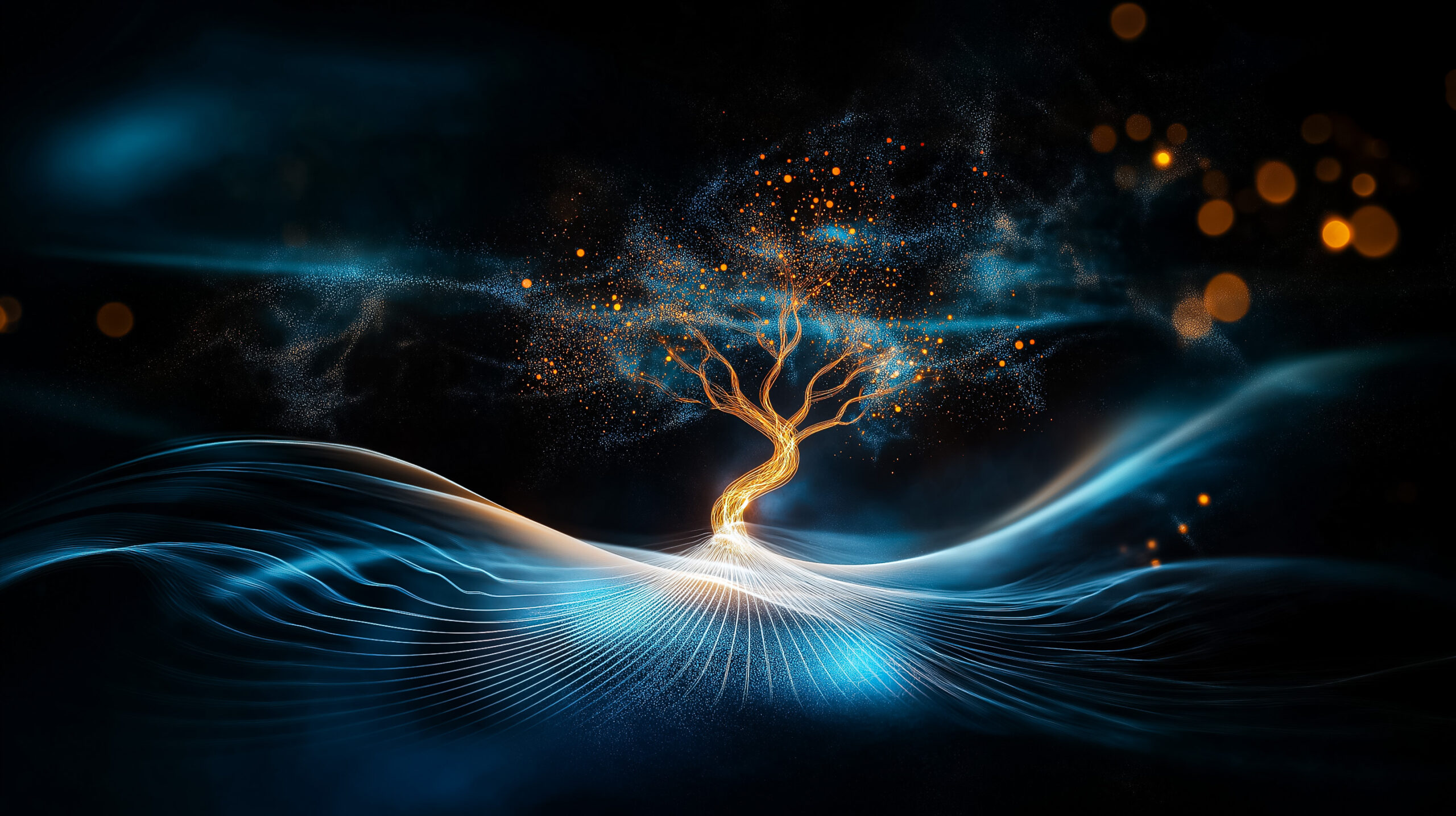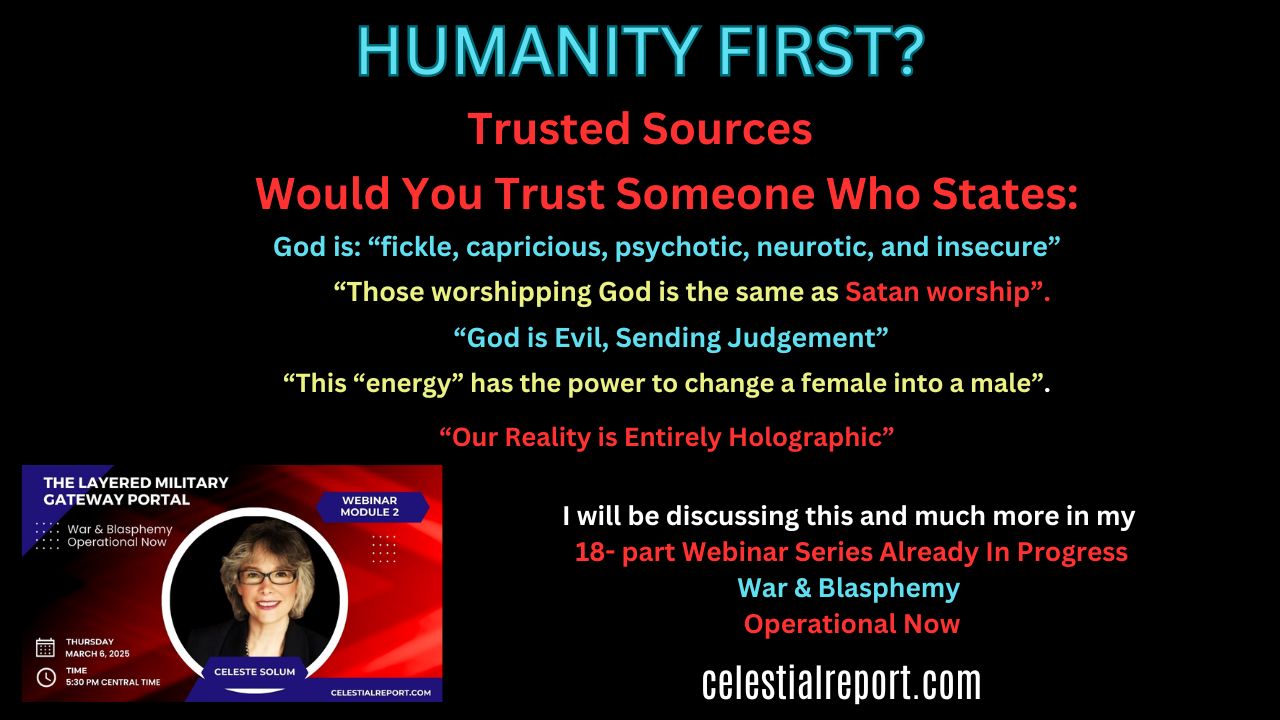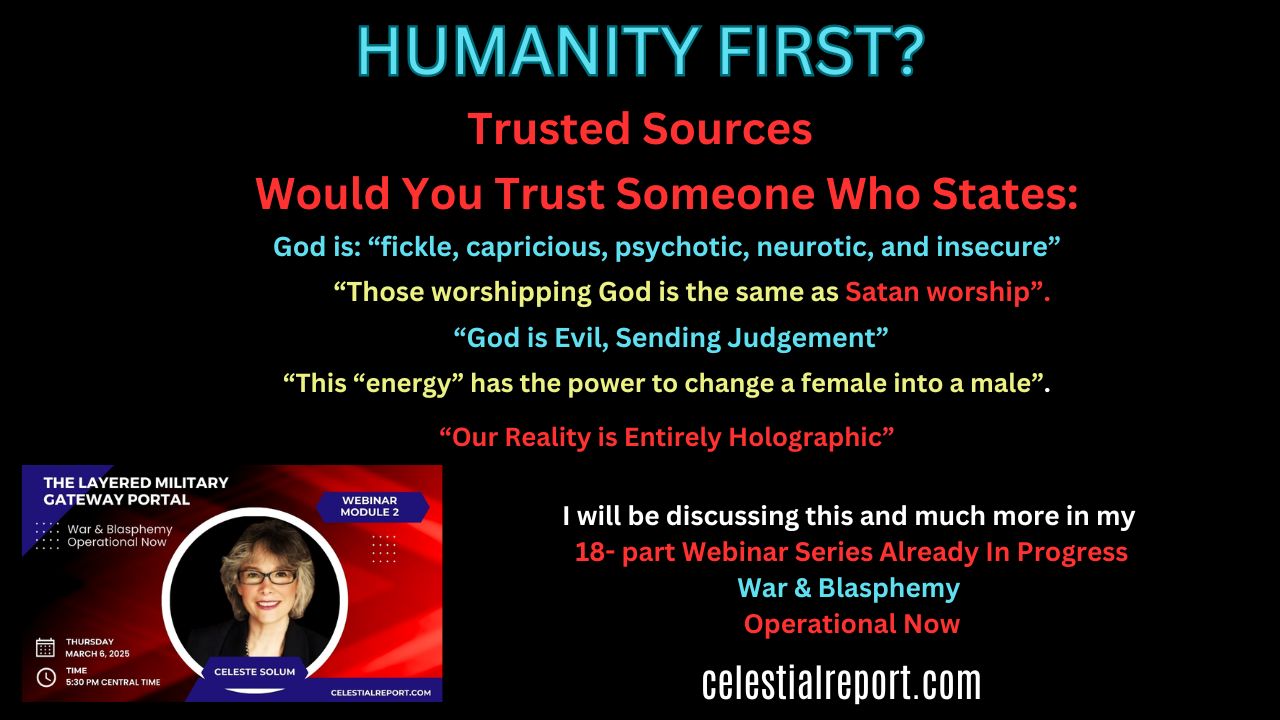
Breaking the DNA Barrier
by SH staff January 31, 2018
ABC Recipe Book to Erase God’s Signature
The recipes for life is encoded in a DNA alphabet of just four letters. Of late NIH-funded researchers began to see if was possible to chemically and biologically possible to expand the DNA code by a couple of letters.
Using a semi-synthetic bacterium researchers began adding to DNA two new letters for a total of six letters including two extra nucleotides. This demonstrates researchers are now able to pass on to the next generation a DNA code containing six letters. This was a critical step for researchers to expand the genetic horizon and produce proteins that are not found in nature.
In the physical world you might say that the double helix is the stairway to heaven or God’s personal signature. Each paired nucleotide is a rung on this ladder. Pairing is necessary for DNA to make true copies of itself before cell division.
Teams at Scripps Research Institute, La Jolla, CA, were the first to break the DNA barrier. It took many years of studying candidates to produce new rungs in the ladder. The two new nucleotides are X and Y.
The next challenge was to find out whether X and Y could be integrated into the DNA of a living organism. The researchers took a “harmless” strain of the bacterium Escherichia coli and with significant tweaking they managed to successful insert the nucleotides and achieve cell organism replication.
To accomplish this step researchers had to use engineered bacteria that would uptake the unnatural biochemical ingredients. In essence, this allowed the researchers to expand DNA.
The next step was to see if they could retrieve information from the DNA containing the new letters. DNA has a special three letter code word forming the building blocks of proteins for the 20 amino acids in life.
To reproduce proteins, DNA must be transcribed into RNA messaging. The messages get translated into proteins. An experiment was set forth to see if the bacteria could, ” transcribe messages including codons with all six letters and then use those messages to produce brand new kinds of proteins.”
Researchers had to work from two angles, engineer both the six-letter sequence code and to ensure that the RNA transfer was recognized. They brought into being an amino acid found nowhere in nature.
As with all genetically modified organisms, experimenters inserted the easy to see green fluorescent protein (GFP). The new protein cast it’s ghostly glow alerting the scientists that their abhorrent test to create unnatural amino acids was successful.
When pondering the implications of this experiment one might think of the almost infinite possibilities that one has to create a password for your computer, the more letters the more possibilities. In DNA language the new code of possible codons skyrockets from 20 to 172!
Scientists assure us that that the engineered E. coli cannot survive unless fed the right ingredients to create the new code, and that it would quickly die if it escaped from the lab. Scientists fail to acknowledge that they have always had escapes.
To overcome ethical concerns regarding this type of experimentation scientists say that they can now engineer proteins which can treat diseases, a field known as protein therapeutics.
With this taste of success rabid researchers are looking forward to explore new structures and functions for these proteins. In fact, they cannot wait to see where this open door leads.
While scientists pack themselves on the back, the implications of altering God’s signature of life are beyond comprehension. God spoke into being all of creation including the building block elements for life. I trust God’s code. Scientists can toy around with these building blocks of life as if they were Lego’s, but in fact, they are erasing with the handiwork of God and His perfect stamp of approval, “It is good and very good.” There are admonitions in Scripture not to add or subtract from His Word.
God alone is the Code Master, rearranging His creation for His purposes, for blessing or for judgment. To interfere with he signature of God will have a chain of consequences that have not yet been determined but we can be confident that they will not be good.
Sources:
Adapted from Nature. 2014 May 15;509(7500):385-388.
NIH
Image credit:
Credit: William B. Kiosses
References:
[1] A semi-synthetic organism with an expanded genetic alphabet. Malyshev DA, Dhami K, Lavergne T, Chen T, Dai N, Foster JM, Corrêa IR Jr, Romesberg FE. Nature. 2014 May 15;509(7500):385-8.
[2] A semisynthetic organism engineered for the stable expansion of the genetic alphabet. Zhang Y, Lamb BM, Feldman AW, Zhou AX, Lavergne T, Li L, Romesberg FE. Proc Natl Acad Sci U S A. 2017 Feb 7;114(6):1317-1322.
[3] A semi-synthetic organism that stores and retrieves increased genetic information. Zhang Y, Ptacin JL, Fischer EC, Aerni HR, Caffaro CE, San Jose K, Feldman AW, Turner CR, Romesberg FE. Nature. 2017 Nov 29;551(7682):644-647.
[4] Protein therapeutics: a summary and pharmacological classification. Leader B, Baca QJ, Golan DE. Nat Rev Drug Discov. 2008 Jan;7(1):21




